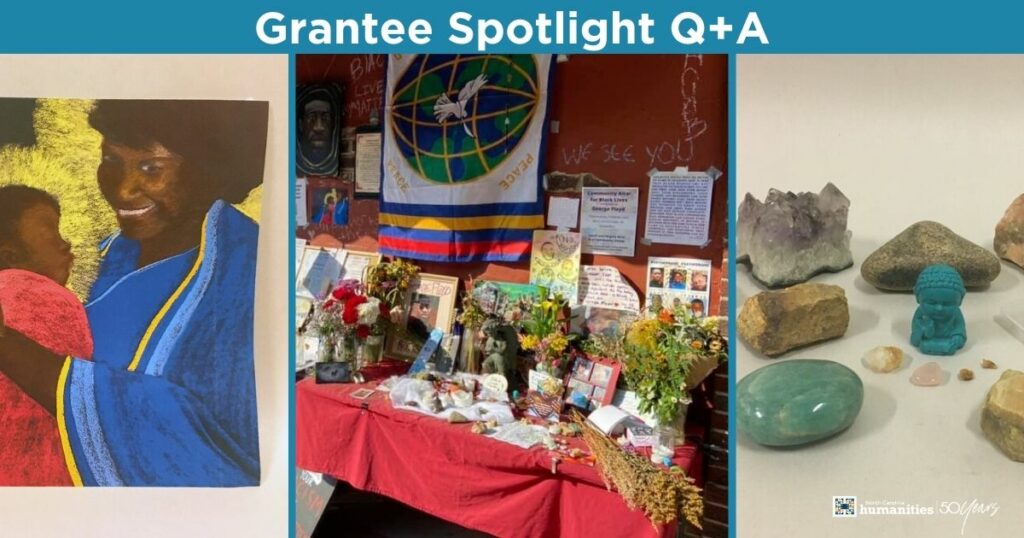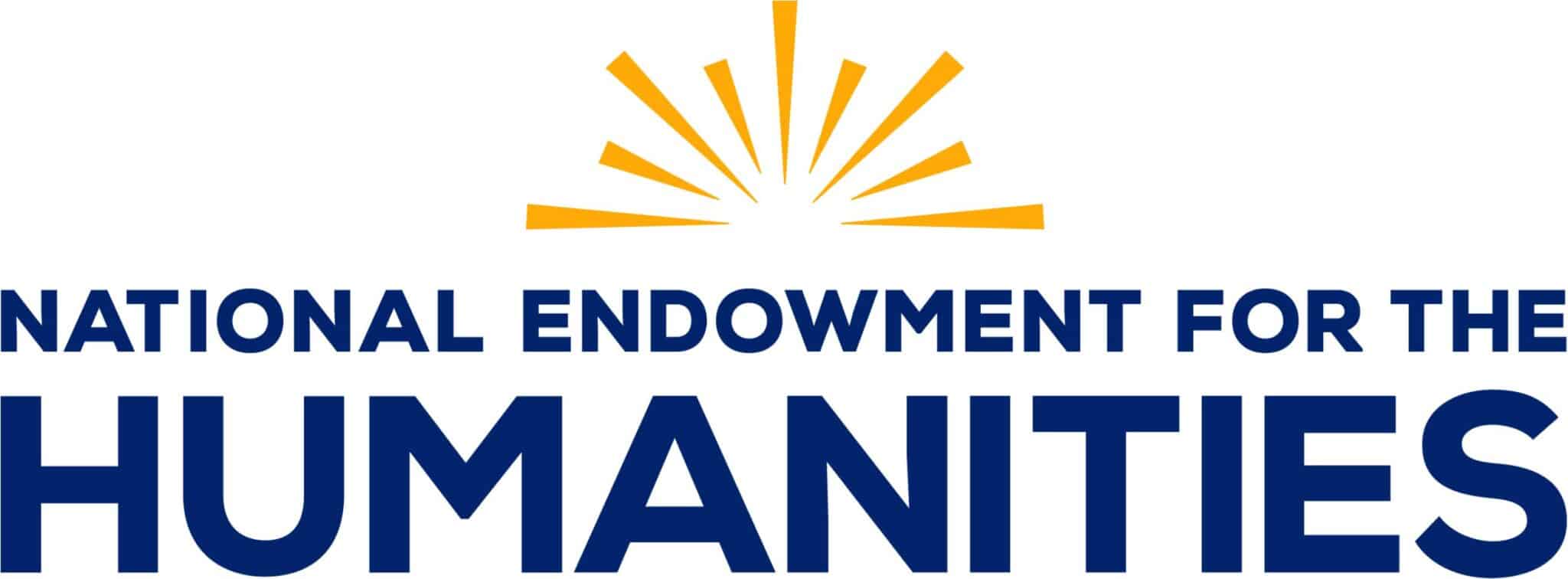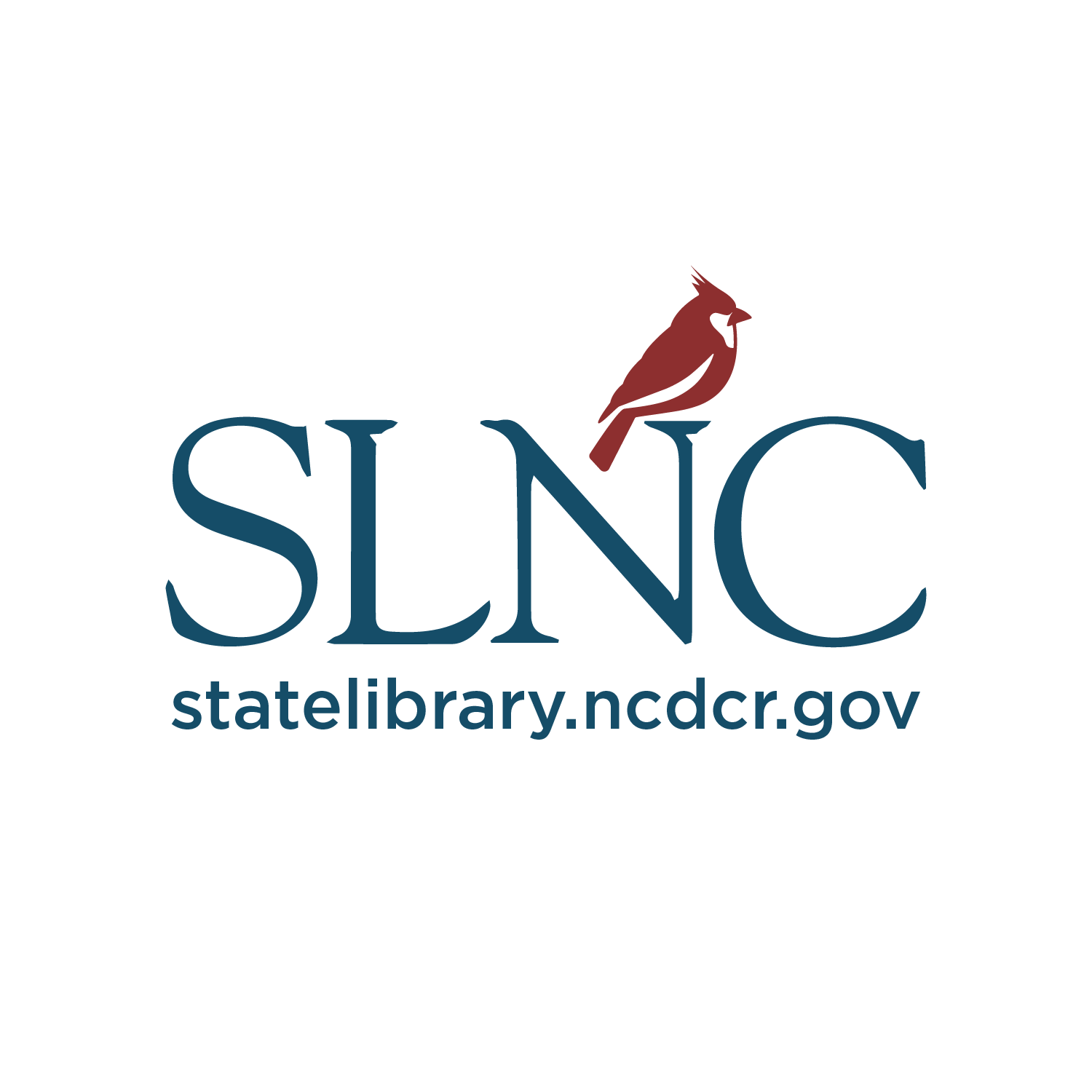Grantee Spotlight: A Q+A with Blowing Rock Art and History Museum
Blowing Rock Art and History Museum (BRAHM) is the only cultural institution dedicate to both art and history in Northwestern, North Carolina. Opening in 2011, BRAHM focuses on American Impressionist art, contemporary craft, and the history and culture of the Southern Appalachian Mountain region through its exhibits, permanent collections, educational programs, workshops, and more.
About 10 miles north of the museum in Boone, North Carolina, an altar was erected for two weeks in the spring of 2020. Across time and culture, altars have been used to connect with something greater than oneself and the form they take depends on the people and place in which they are found.
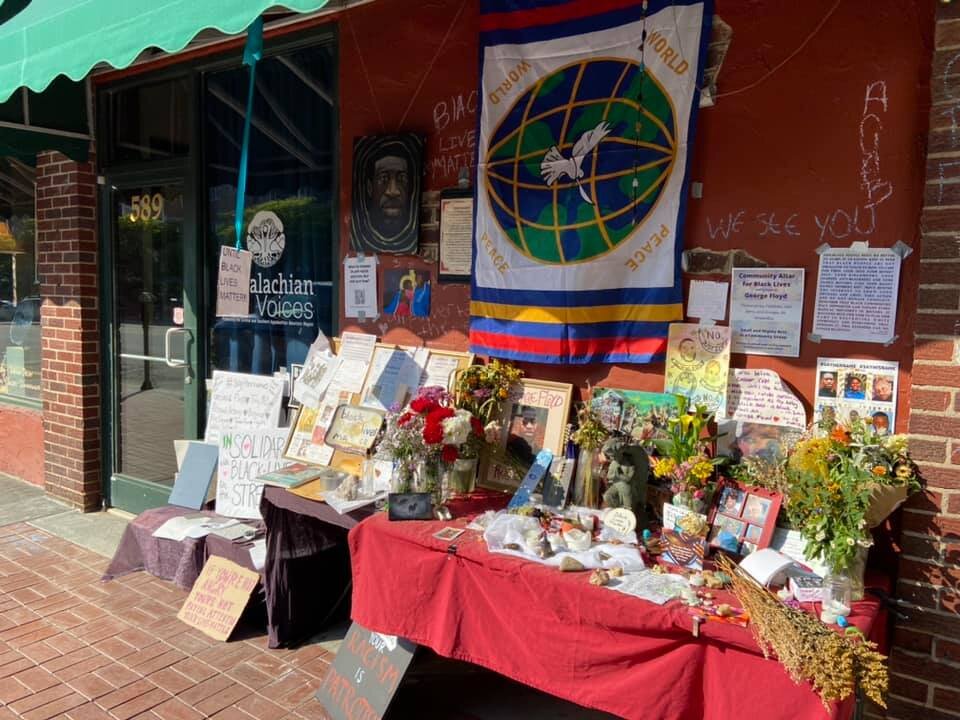 Located on a busy sidewalk street, a folding table, a few crates, and the wall behind them were offered as a tool for community members to use in processing and grieving the death of George Floyd and other people of color who had recently lost their lives. What resulted would eventually become known as “Small and Mighty Acts Altar For Black Lives.” In two-week’s time the impact of the alter was undeniable. In collaboration with the altar’s community organizers, it was soon moved, catalogued, and reassembled at Blowing Rock Art and History Museum, where people from all over North Carolina were invited to engage with and reflect on the altar’s offerings and message.
Located on a busy sidewalk street, a folding table, a few crates, and the wall behind them were offered as a tool for community members to use in processing and grieving the death of George Floyd and other people of color who had recently lost their lives. What resulted would eventually become known as “Small and Mighty Acts Altar For Black Lives.” In two-week’s time the impact of the alter was undeniable. In collaboration with the altar’s community organizers, it was soon moved, catalogued, and reassembled at Blowing Rock Art and History Museum, where people from all over North Carolina were invited to engage with and reflect on the altar’s offerings and message.
Later that year in 2020, North Carolina Humanities awarded a $1,250 Community Engagement Grant to BRAHM to assist in adding informational panels to accompany the altar exhibit.
We connected with Willard Watson, Program and Outreach Director at the Blowing Rock Art and History Museum to learn more about the “Small and Mighty Acts Altar For Black Lives” and about how the museum continues to be vital community platform.
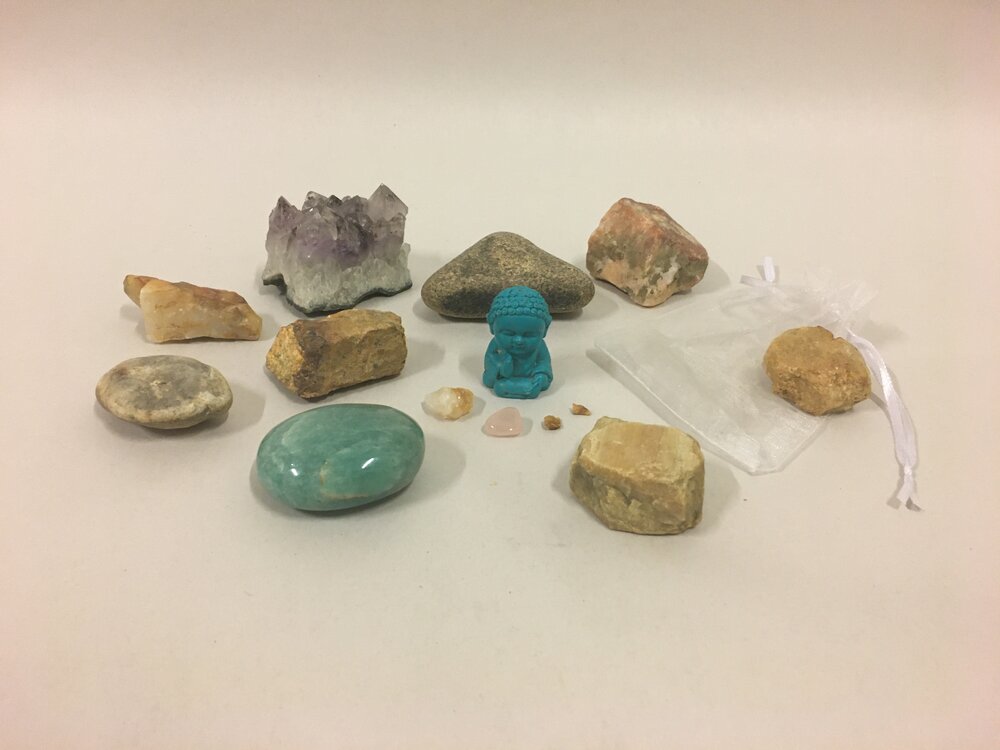 Can you tell us about the inception of “Small and Mighty Acts Altar For Black Lives?”
Can you tell us about the inception of “Small and Mighty Acts Altar For Black Lives?”
Willard: Small and Mighty Acts is a Boone-based civic organization that was founded by Cara Hagan, a visual artist, dancer, and filmmaker. After the death of George Floyd, Small and Mighty Acts created an altar on King Street for Black Lives, as a way for the community to process and collectively grieve. The altar was located on the sidewalk under the Appalachian Voices office’s awning. Cara and a few other folks with Small and Mighty Acts created the physical altar, added artwork, printed poems, and writings, and then did a dedication and invocation ceremony for it. You can watch the ceremony and see photos from the BRAHM exhibit here: https://www.blowingrockmuseum.org/see/altar Afterwards, Small and Mighty Acts invited the public to contribute to the altar over a two-week period. Soon the altar was full. People contributed things like original paintings, collage, drawings, printed artwork reproductions, signs, and anti-racism reading lists. There was everything from ceramic sculptures to musings written on Post-it® Notes. It was a beautiful thing that was created.
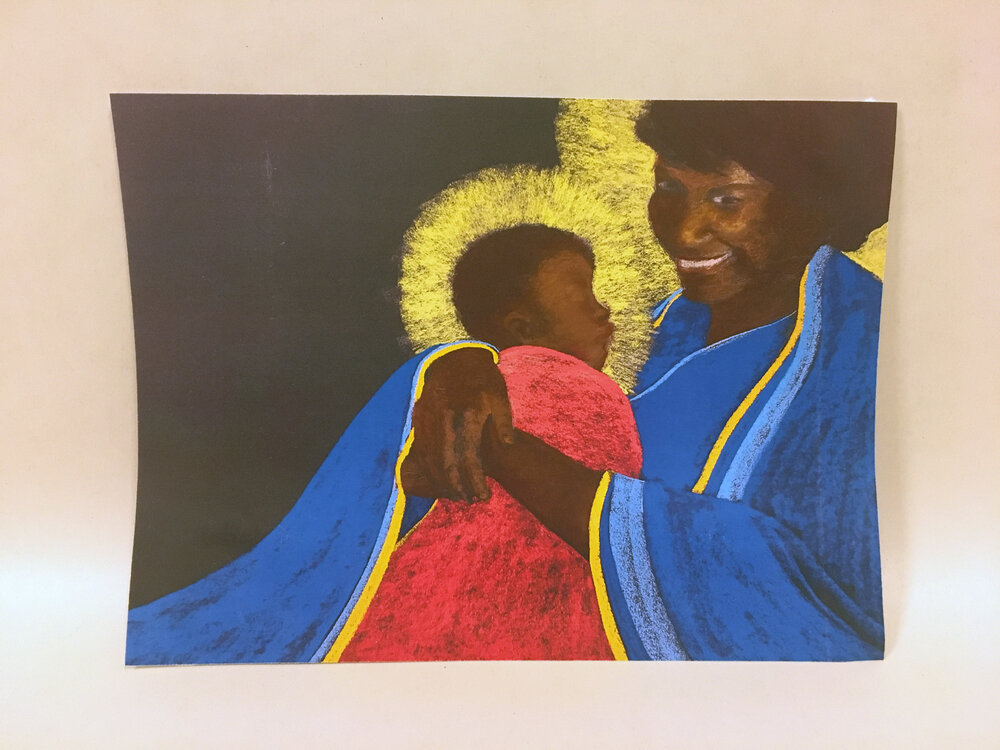 When did Blowing Rock Art and History Museum get involved?
When did Blowing Rock Art and History Museum get involved?
Willard: When BRAHM learned about the altar, I reached out to Cara and asked “How can we help?” She said, “It would be great if we could do an exhibition of this!” Cara then reached out to all the people that had contributed anything to the altar and confirmed that we could exhibit it or asked if they wanted the item(s) returned. When we got confirmation, BRAHM worked with Small and Mighty Acts to catalog and photograph everything, then we reassembled the altar in our community gallery.
With financial support from North Carolina Humanities, Cara and I then researched and wrote contextualizing panels for the altar’s exhibit. The panels described the role of altars throughout history and across cultures, the role of art in protests and activism, who Small and Mighty Acts is, and who the organization Black Lives Matter is vs. what the phrase means. Now people who came to see the altar could explore more deeply the history and meaning behind it. NC Humanities also helped sponsor a number of programs related to the exhibit like writing workshops and a conversation about protest songs and the role of dance in activism. We had a great response from the community.
What role does Blowing Rock Art and History Museum have in facilitating community dialogue?
Willard: “Small and Mighty Acts Altar For Black Lives” was a chance to bring history that was happening currently in our community, into the museum. We were able to show our support for members of our community and lift up voices of color. Projects like this must be collaborative. I think it’s critical for museums to be part of collaborative community processes so that the community can see their stories and themselves represented and reflected at the museum. The answers to problems that people are experiencing, or solutions to trauma that they’re processing, comes from the people themselves. Institutions cannot make decisions about what is important and what should be showcased alone. We can only move forward if we move forward together. We often ask, “How can the museum serve as a platform for uplifting community voices?” There should always be a back and forth where if the community has something to say, the museum can use its platform to make their light brighter.
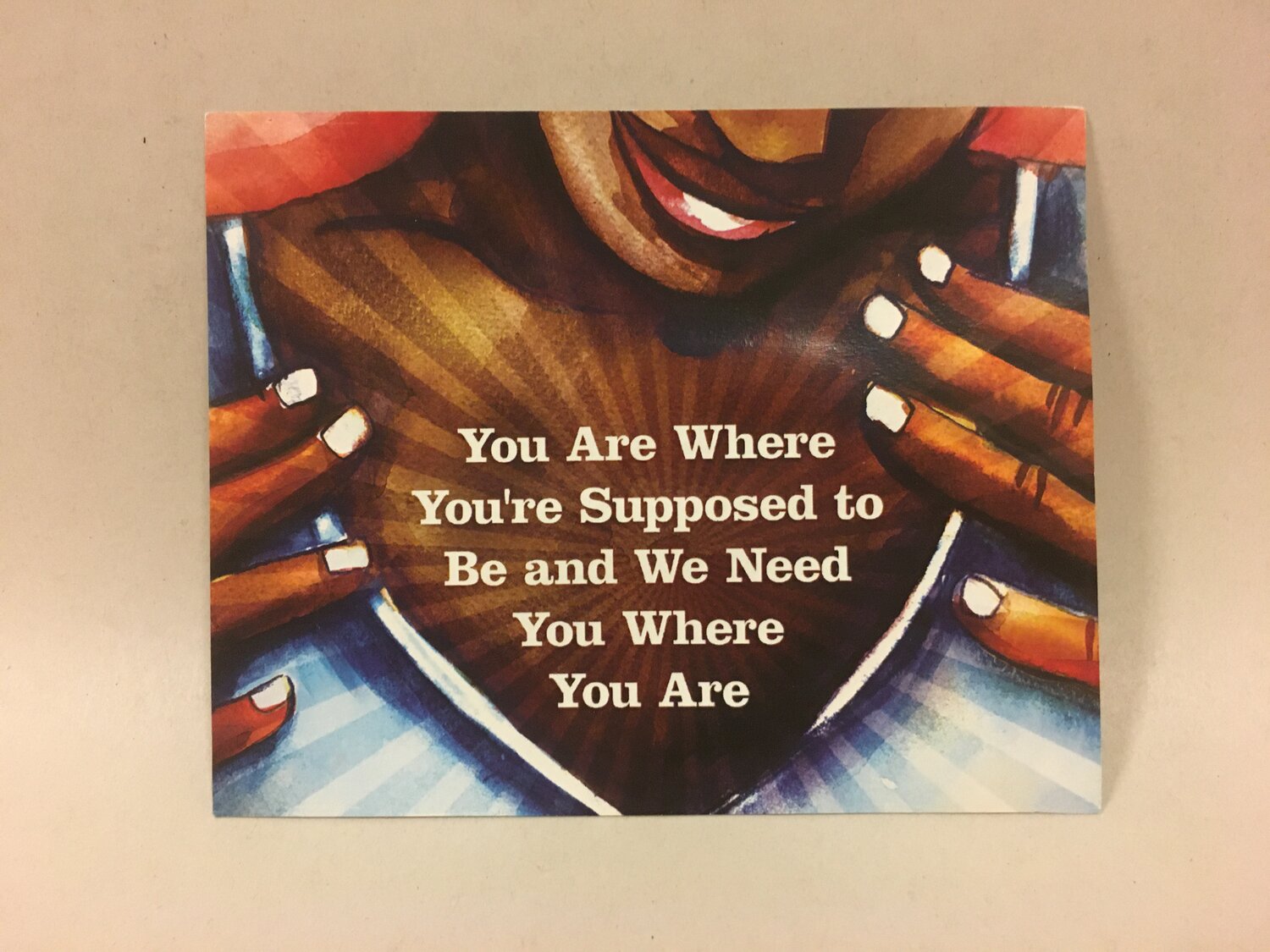 What has it been like working with North Carolina Humanities?
What has it been like working with North Carolina Humanities?
Willard: We can do the work we do because of financial support from organizations like North Carolina Humanities, individuals, and our museum members. A big goal of ours to find ways for the community to see themselves in the museum, so a lot of the projects that we’ve worked on with NC Humanities have been locally focused exhibitions. The first experience I had with NC Humanities was in 2017 when we were selected to host The Way We Worked, a Smithsonian Institution exhibit that NC Humanities was touring around the state. To accompany that exhibit, we curated our own local exhibit called The Way Watauga Works. I interviewed 31 people that worked or recently retired from working in the county and recorded their stories asking things like, “What about this place makes it special? What is/was your job?” which really helped us to explore the demographics of labor for the county. It’s been great to partner with NC Humanities to help lift up the culture and the people of this place.
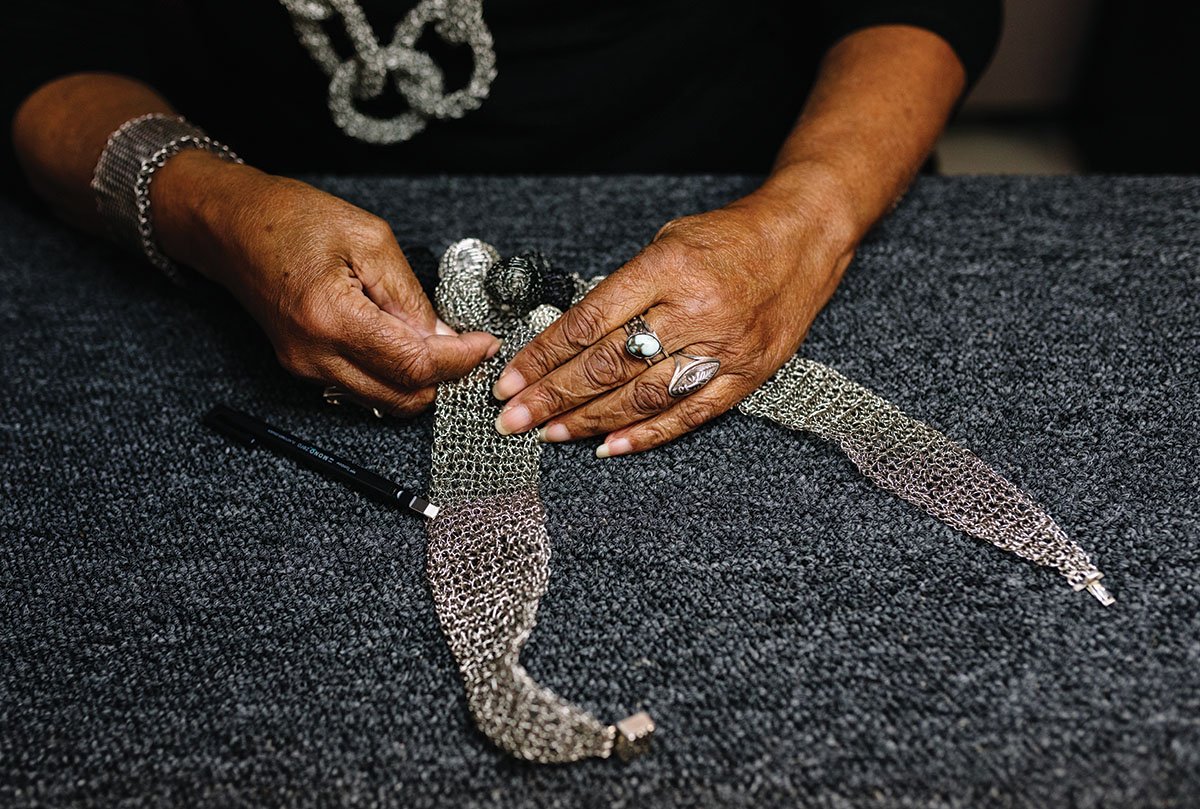 What can people expect to see at Blowing Rock Art and History Museum if they visit now?
What can people expect to see at Blowing Rock Art and History Museum if they visit now?
Willard: There is always something to explore at the museum. North Carolina Humanities continues to support us in our endeavors to showcase the culture and history of North Carolina. We were recently awarded a grant for our upcoming exhibition, Jagged Path: the African Diaspora in Western North Carolina in Craft, Music, and Dance. NC Humanities will help us fund printing a catalog that we’re creating from the exhibition and an interview series that I’m doing with tradition bearers for the visual arts, for music and for dance in North Carolina. We’re also hosting 20+ programs associated with the exhibition. The exhibition will be on display in our Fort Gallery April 30 – October 22, 2022. We expect 20,000 people to come.
How can people support Blowing Rock Art and History Museum?
Willard: Admission to the museum is always free but if you become a member many of our classes and workshops are free too.
If you want to learn more about becoming a member, please visit: https://www.blowingrockmuseum.org/membership#join
If you would like to make a donation, please visit: https://www.blowingrockmuseum.org/support
About North Carolina Humanities’ Grantee Spotlights: In celebration of our 50th anniversary, NC Humanities Grantee Spotlights shine a light on the incredible work of our grantee partners, offering details about their funded project, and feature a Q&A with a team member associated with the organization.
Photo Credits: (1) Altar for Black Lives on King Street in Boone, NC. Cara Hagan. 2020.; (2-4) Artist unknown. 2020.; (5) Viola Spells, Zenobia Studios. Photo by Duncan Chaboudy. 2020


